March 19, 2013
by Steve Woodruff
{Note: I am now blogging at my brand-spanking-new site, SteveWoodruff.com. Just click here to subscribe to the new feed. Bonus – you can also sign up at the same time for my astonishingly brief yet brilliant e-newsletter, Clarity Blend (see sample), and when you sign up, you’ll get a free download of my helpful new e-book, Make Yourself Clear: Six Steps to De-fogging Your Direction and Your Message.}
I was speaking with a fellow consultant earlier this month, and the subject wandered over to one of the difficulties of being a solopreneur/small business owner.
 Isolation. Ever feel alone out there, hacking your way through the weeds? Yeah – join the club.
Isolation. Ever feel alone out there, hacking your way through the weeds? Yeah – join the club.
Now, neither of us would go back to working for others, and we’ve freely chosen the paths we’ve taken. So this is not a lament. It’s just a fact of life. It can get pretty lonely out there when you’re not part of a (localized, physically present) team.
As a solopreneur, I love my alone time, and I also get energized by meetings with clients and partners. I enjoy the intellectual and social stimulation of the occasional conference. I remain in active contact with many colleagues and friends via social networks.
But, I think the issue is more than just physical isolation. From what I see, it’s the continuous weight of having everything on your shoulders – alone.
It’s. All. Up. To. You.
In a larger company, you can fulfill a certain role while others fulfill theirs. There is concentration and distribution of effort. Shared effort, shared resources, shared direction; and lots of things get done without you driving them or even knowing about them.
For the solopreneur, it’s all up to you. Apart from some things you can outsource, this plane goes nowhere unless you are the pilot, flight attendant, baggage handler, fueler, ticket agent, and air traffic controller. Every day. All day. That gets wearisome. And sometimes, you feel so overwhelmed that you just want to crawl under the covers and take a nap – right?
“Hmmm…I think the dog needs another walk.” “I wonder what’s new on Facebook?” “Time for another Starbucks run!” It may look like a form of escape, and…well, truth be told, it often is. Because building a business in isolation is a heavy load.
And for the small business owner who has some employees but often has no peers to talk to, there is a similar kind of loneliness – plus all the dynamics of supporting and driving a team (one reason why I plan to remain solo!) As I talk to a growing number of folks in that category, my eyes have opened to the need for coaching and peer support. We each carry a lot of weight that family, friends, employees, and clients often cannot understand.
And then there’s the paperwork. Don’t get me started on that topic! (by the way, you might want to check out what MBO Partners has to offer on that front).
I really wonder how many promising businesses we lose to isolation burnout.
So, what’s the solution?
I’m not sure there’s a single solution, but the starting point is this: just as cash flow is vital to your ongoing success, so is (peer) relational flow. Whether you find your support network locally, virtually, or by a combination of the two, make it a priority to de-isolate. Independence is a good thing, but cultivating a level of interdependence may be the key to remaining sane. We all need fuel, and we all need to fuel others. Periodic breakfasts with people like Brian Moran; regular lunches with some of my pharma clients/partners; brainstorming meetings with Joe Cascio; Skype sessions with far-flung people in my network – these are all ways that help keep me energized. Doing the work I love fulfills me – but in the downtimes, in the business development efforts, in the reversals – it can get discouraging.
But maybe there’s something else that we can get better at doing. Let’s look at our twitter-streams, and see the many connections that we know are solo – maybe we need to more purposefully reach out and ask folks how they’re doing. How they’re REALLY doing. We tend to assume that everyone else is doing just great – but if you’re ready to throw in the towel today because of loneliness and isolation, then it’s a safe bet that 5 other people you know are just trying to keep up a brave front (while crumbling inside), too.
I’m happy to be a solopreneur. I love the freedom to chart my own course. But let’s not be in denial – there can be a downside as well.
So – how are you doing? Really doing? Let’s keep each other company on the journey!
photo credit: Brian Auer via photopin cc



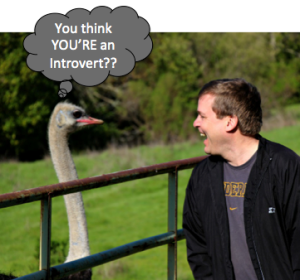


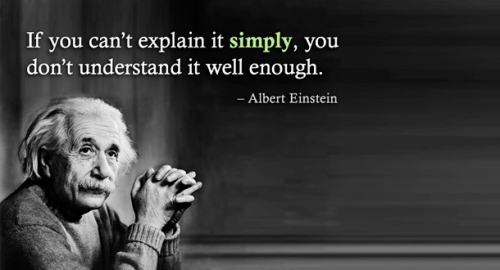



 Yes, the content and discussions at SOBCon are valuable. But what stands out to me is the people who come together to learn, and grow, and challenge one another. People I now interact with on a regular basis, such as
Yes, the content and discussions at SOBCon are valuable. But what stands out to me is the people who come together to learn, and grow, and challenge one another. People I now interact with on a regular basis, such as 


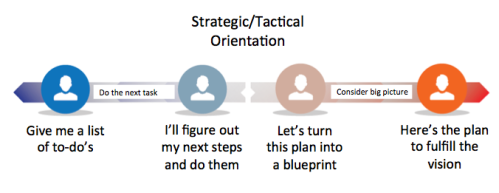
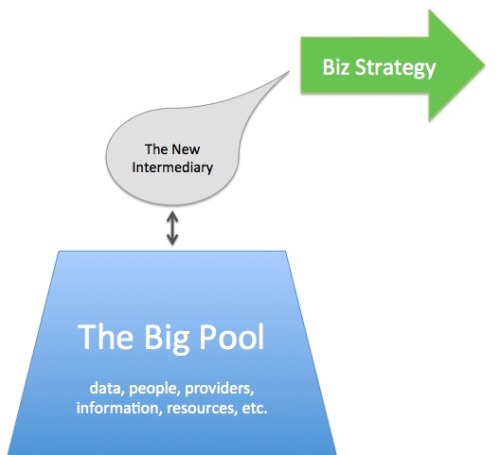
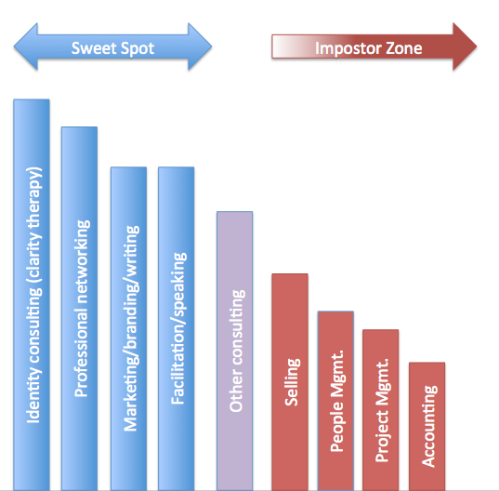



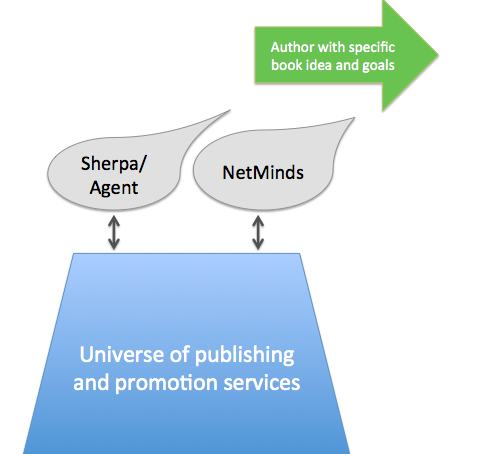

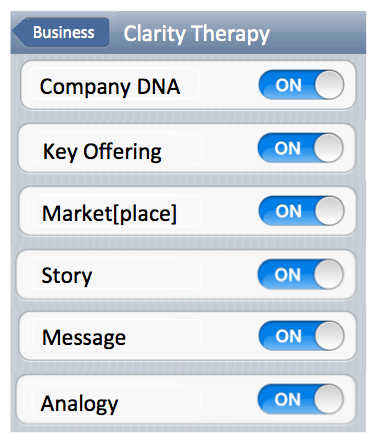
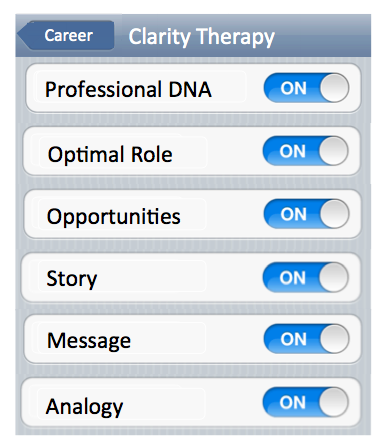
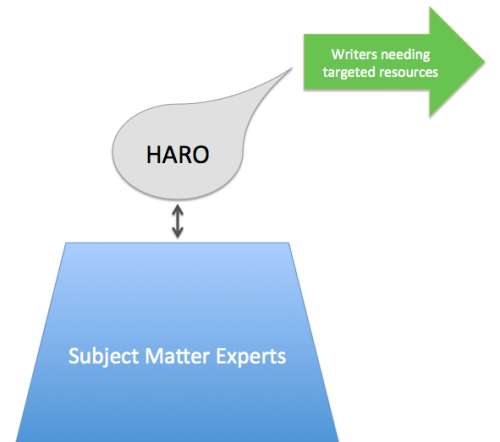

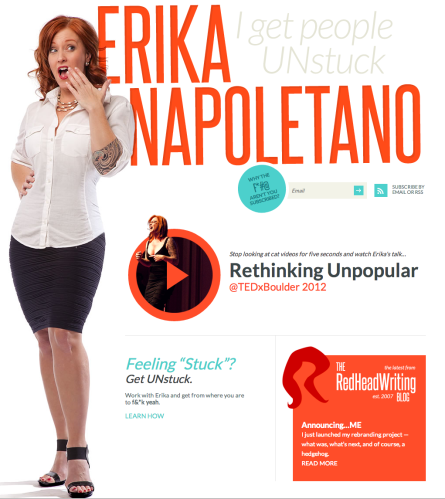






Recent Comments